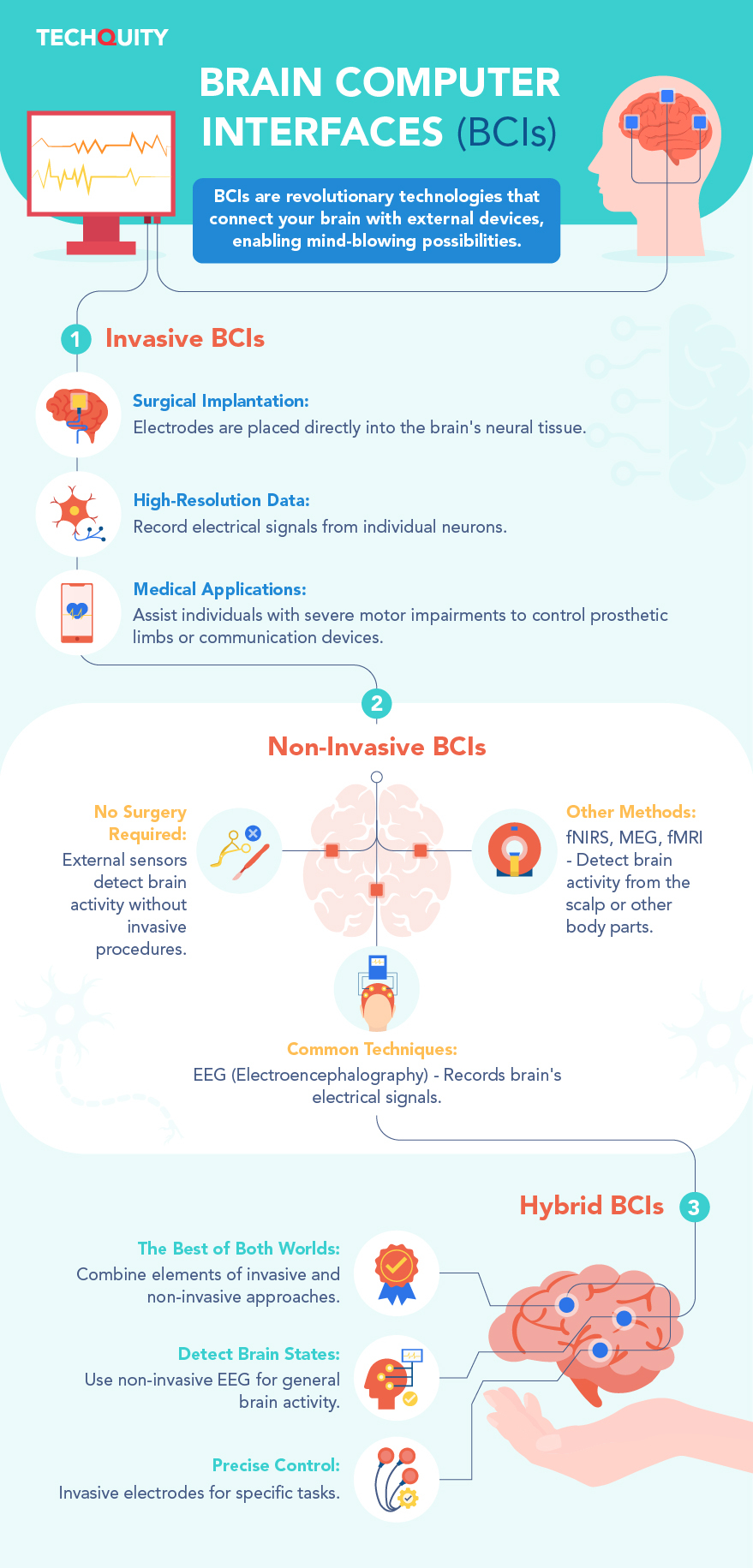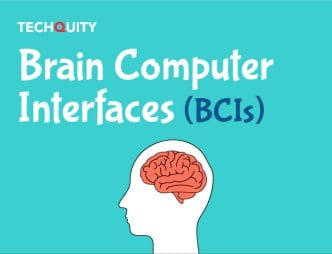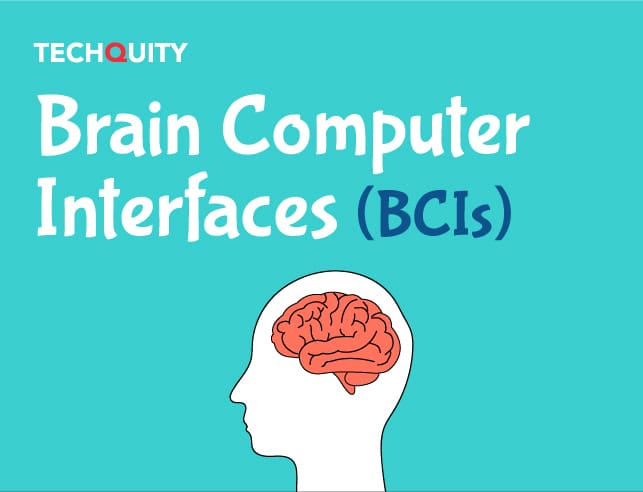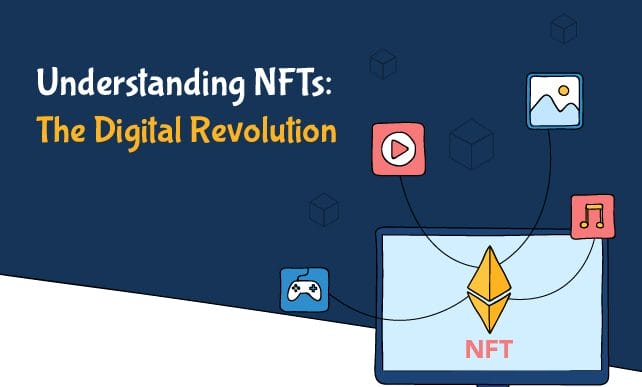A brain-computer interface (BCI) is a system that creates a direct communication path between your brain and a computer or other external device. It allows you to control things using your thoughts alone!
Here’s how it works:
-
Reading Your Brain Waves: BCIs use special sensors to detect the electrical activity of your brain. This can be done with a cap that has electrodes on it, or even with implants inside your skull for more precise readings.
-
Decoding Your Thoughts: The brain signals are complex, but computers are getting better at translating them into specific commands. For example, imagining moving your left hand might create a different brain signal pattern than imagining moving your right hand.
-
Making Things Happen: Once the computer understands your intention, it can perform actions. This could mean moving a cursor on a screen, typing out a message, operating a prosthetic limb, or even stimulating parts of your brain to help with certain conditions.
Why BCIs are exciting:
- Restoring lost abilities: People with severe disabilities, like paralysis, may regain the ability to communicate and control devices using their thoughts alone.
- Improving performance: Athletes and others might use BCIs to sharpen their focus and reaction time.
- New kinds of gaming: Imagine controlling video games directly with your mind!
Important Notes:
- BCIs are still mostly experimental. While the technology is advancing, it’s not widely available yet.
- Ethical questions to consider: Issues like privacy, accessibility, and potential unintended uses of BCIs need to be carefully discussed.
Brain-computer interfaces could change the way we interact with the world and even treat brain conditions. While there’s still much research to be done, the potential for this mind-bending technology is truly exciting.
















